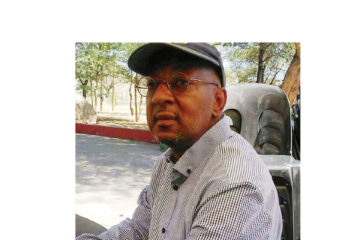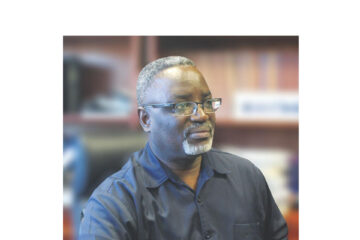Tomas Nashongo
Access to reliable public transportation is a catalyst for urban mobility, linking individuals to socio-economic opportunities and employment. Public transportation serves as a lifeline, connecting people to essential services and financial activities. However, in Namibia, the legacy of apartheid—a policy of political, social, and economic discrimination against non-white people—has left many without adequate access to transportation. Orcutt explains that apartheid-era policies marginalized certain communities, restricting their mobility and access to transportation services. This deliberate exclusion not only limited access to transport but also preserved economic inequalities by denying people opportunities for work, social interaction, and cultural engagement.
The consequences of limited transportation access are profound., Accessibility is linked to a variety of social and economic opportunities. In Namibia, the transportation system is pivotal to economic development, providing mobility to workplaces, markets, and social services Without reliable transportation, individuals are unable to fully participate in economic activities such as job searching and trading, leading to social and economic exclusion. This exclusion, in turn, exacerbates poverty and social inequality, as it makes it difficult for people to access essential services like healthcare and education.
Investing in transportation infrastructure is crucial for economic growth and poverty alleviation. Efficient transportation systems have positive multiplier effects on society and the economy, including improved market access, increased employment, and greater investment By expanding access to markets and employment, good infrastructure can drive economic growth and generate significant economic benefits. Moreover, the progress of government initiatives can often be measured by their impact on transportation Effective transportation frameworks enhance economic output, reduce costs, and stimulate growth, making them essential components of a successful economy.
In Namibia, particularly in areas like Okahandja park, the availability of public transportation directly affects economic development and travel times. The current state of public transportation in these regions demands careful examination to provide insight into how infrastructure investments can promote a comprehensive financial turnaround and improve residents’ quality of life. By understanding the intricate relationship between transportation access and economic development, policymakers can make informed decisions that lead to sustainable growth and social equity. Thus, the need for enhanced transportation infrastructure is not just a matter of convenience but a critical factor in fostering economic progress and addressing historical injustices in Namibia.
Tomas Nashongo is an recent graduate from the university of Namibia ,whom is eager to conquer the world and seeking employment , he can be contacted thomasNashongo@gmail.com



